A well-preserved historical Edo town with 500 traditional houses, to explore.
Imai-cho (今井町) is a living town with 500 well-preserved Edo period traditional houses laid out in a 2 km grid. The town is located in Kashiwara city, Nara. Originally Imai-cho was founded as a temple town of Shonen-ji in between 1532-1555.
Imai-cho town had faced multiple attacks in the past. At the end of the Warring States period (1467-1600), when the most powerful warlord at the time, Oda Nobunaga, tried to unify the country.
In 1568, Hongan-ji Temple, the largest school of Pure Land Buddhism which Shoren-ji Temple belongs to, opposed against Oda Nobunaga. The Imai-cho town people, together with the warrior-monks at Shonen-ji Temple also opposed and turned their town into a fortress for self-defence. They built an encircling moat and thick defensive walls and castle-like structured turrets.
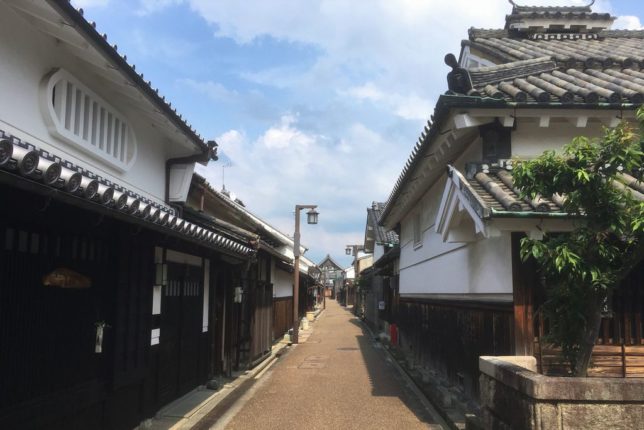
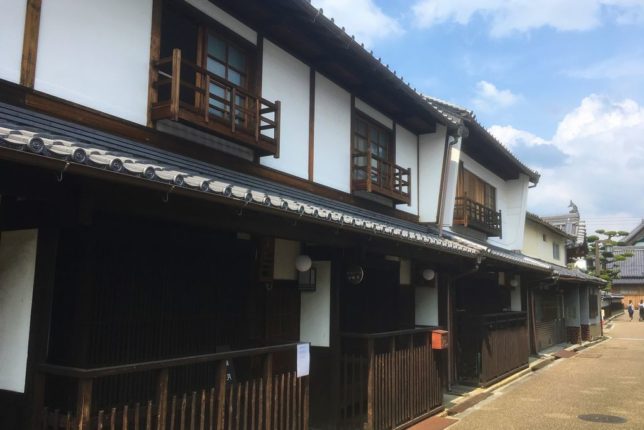
Those self defences worked well and It didn’t come to a huge fight, but they surrendered in 1575 upon the surrender of Hongan-ji Temple and wisely disarmed in return of not destroying. Furthermore, the town received political and legal autonomy, and went on to flourish as a commercial area. A letter written by Oda Nobunaga to this end is preserved by the town.
500 traditional Edo houses laid out in grid layout.
In the 15th century Imai-cho town composed of the East, West, South and North District but later gotten extended by the Shin-machi and Ima-machi Districts covering an area of 600 m East to West and over 300 m North to South. Imai-cho town is the Japan’s largest preservation district. Since 1993, Its historic looks of the townscape and nine merchant houses that are designated as a Important Cultural Property.
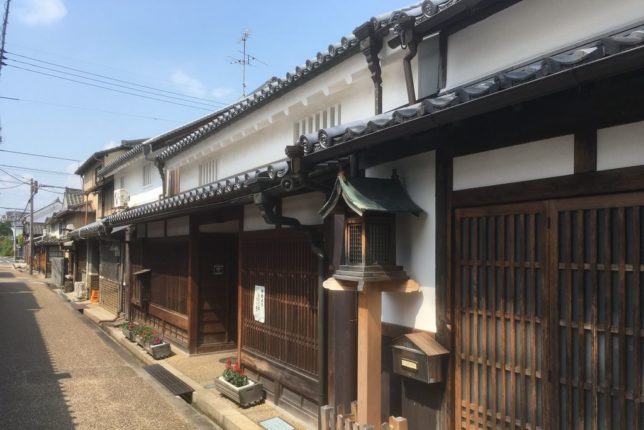
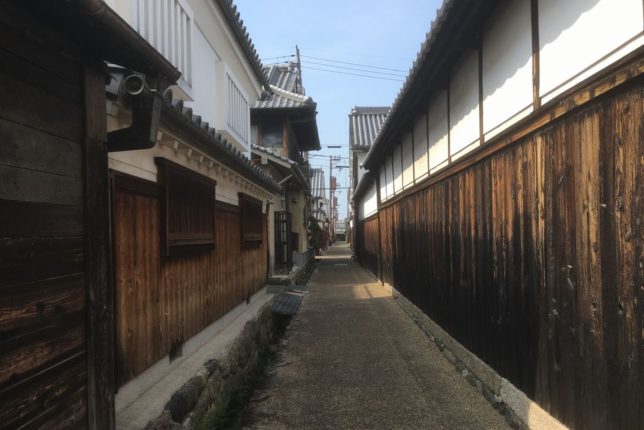
What makes Imai-cho town so special is that people still live there, but not a museum town, making it a living historical town. They even have own post office. The town is purposefully laid out as a grid to make for easy surveillance and to disorient any invaders. Today you can still feel disorientation when you stroll around.
Features
Explore Imai-cho Town.
You will come along a red bridge if you come from Yamato-Yagi station. There is modern rest facilities and a community centre next to the river by the red bridge marking the east boundary of the town. You can explore the town by heading down any of alleys leading away from the river, or follow the main road south to Imai Machinami Koryu Center for maps and information.
The whole town used to be surrounded by a moat with gates, which only one gate remains. Inside the town, traditional houses are lined. Some alleys have had their power lines buried to create an authentic period atmosphere. Some of the historic houses are open to the public, either free or a small fee. There are several original sake and soy sauce breweries. There are also traditional crafts shops, cafes and restaurants among the residences.
Several fire hydrants and fire evacuation shelters are located throughout town as an old town built of wood, usually at a rest house, called “plaza” where there are also bathroom facilities.
Even the larger alleys in the town are just about wide enough for a single car to pass through and smaller alleys are obviously too narrow for cars, making it traffic free historical town. You can easily enjoy strolling and exploring without a traffic.
Imai-cho Machinami Koryu Center –“Hanairaka” (花甍)
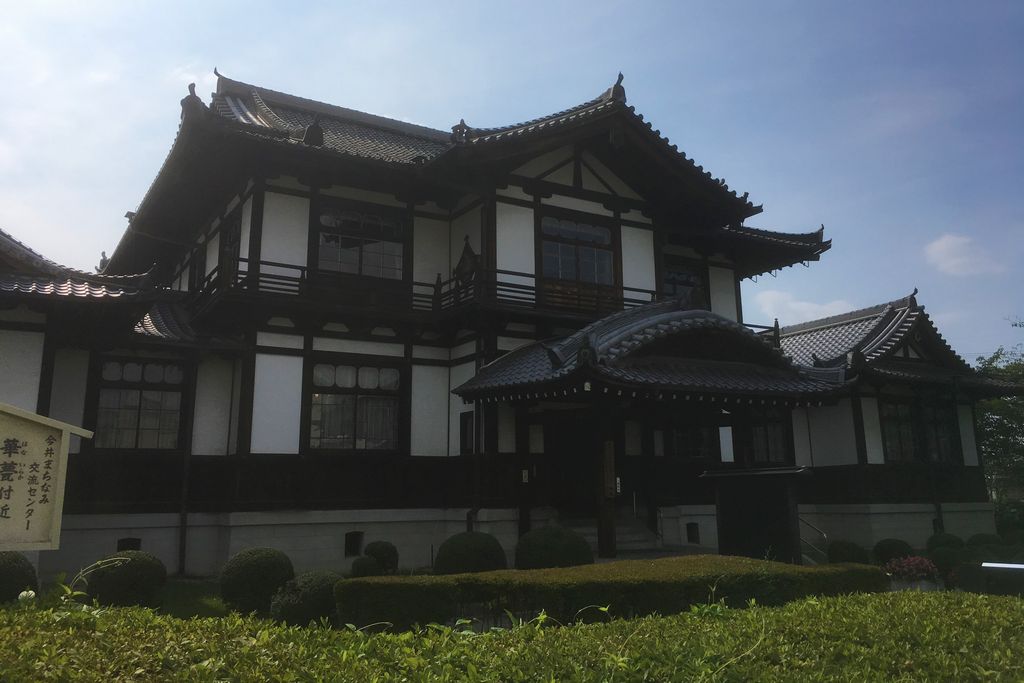
Imai-cho Machinami Koryu Center, built in 1903 is impressive western-influenced Meiji-era architecture. You can learn more history of the town with photo displays, town miniature models and other exhibits. You can also get maps and information here.
Hours : 10:00 to 17:00, closed every Monday
Admission : Free
Imanishi Residence (今西家)
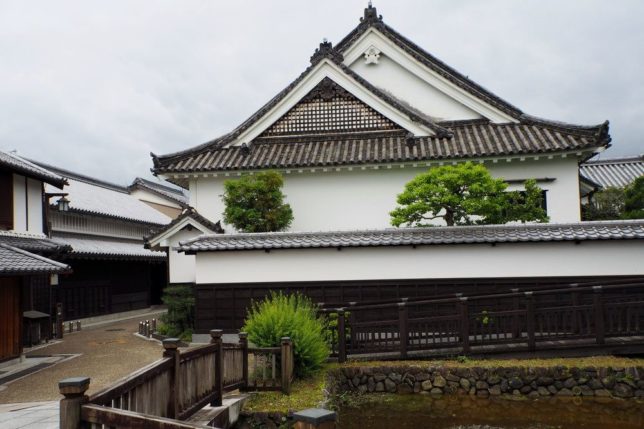
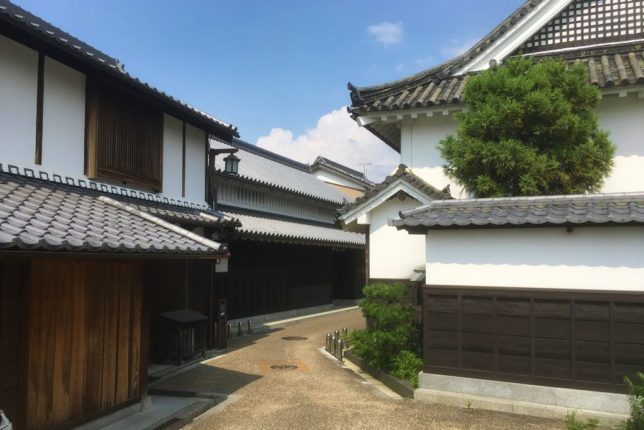
Imai Residence, built in 1650 is the most resplendent of Edo period houses here. It is the house of a town administrator since the Middle-Ages.
Hours : 10:00 to 17:00, closed every Monday
Admission : 400 Yen (Advance réservations required)
Shonen-ji Temple (称念寺)
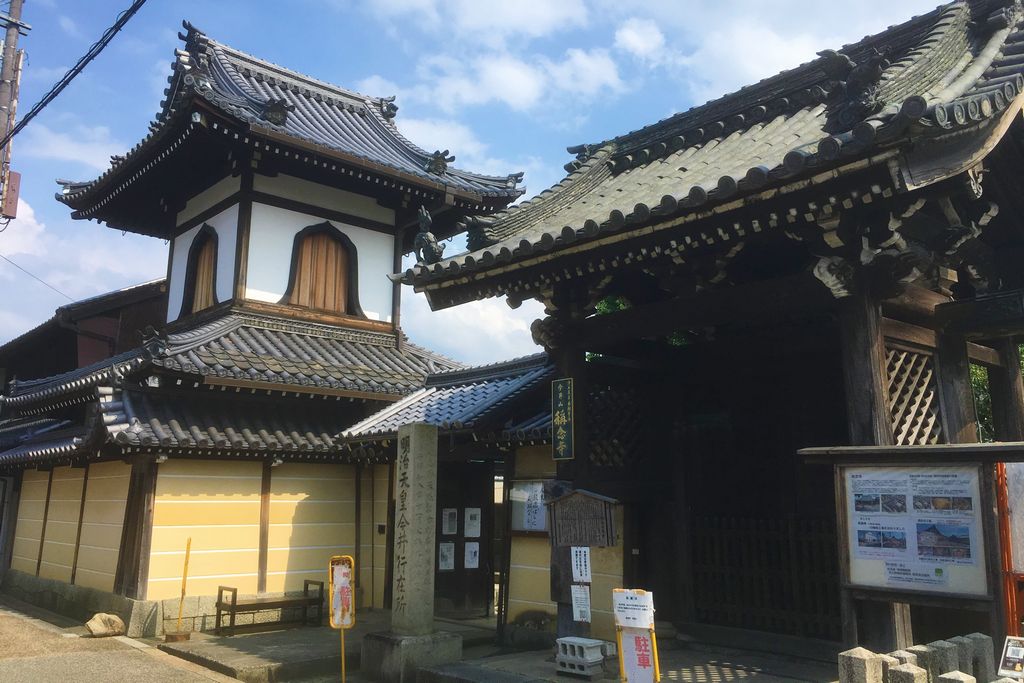
Shonen-ji Temple is the town’s most important structure, as Iai-cho had been created around the temple in between 1532-1555. The temple’s main hall is a national Important Cultural Property. Its drum tower is impressive.
Former residence of the Kometani family (米谷家)
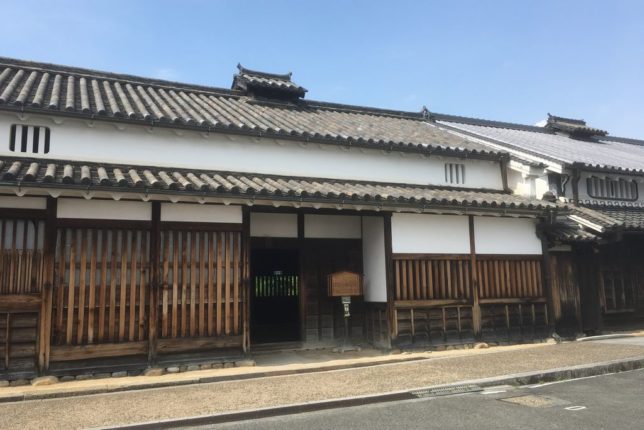
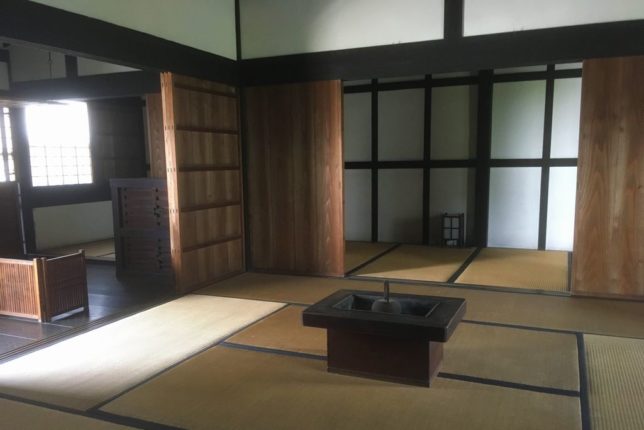
Kometani residence is formerly a hardware store. You can view the internal structure which is characteristic of traditional Edo-period houses.
Hours : 10:00 to 17:00, closed every Monday
Admission : Free
Kawai Residence (河合家)
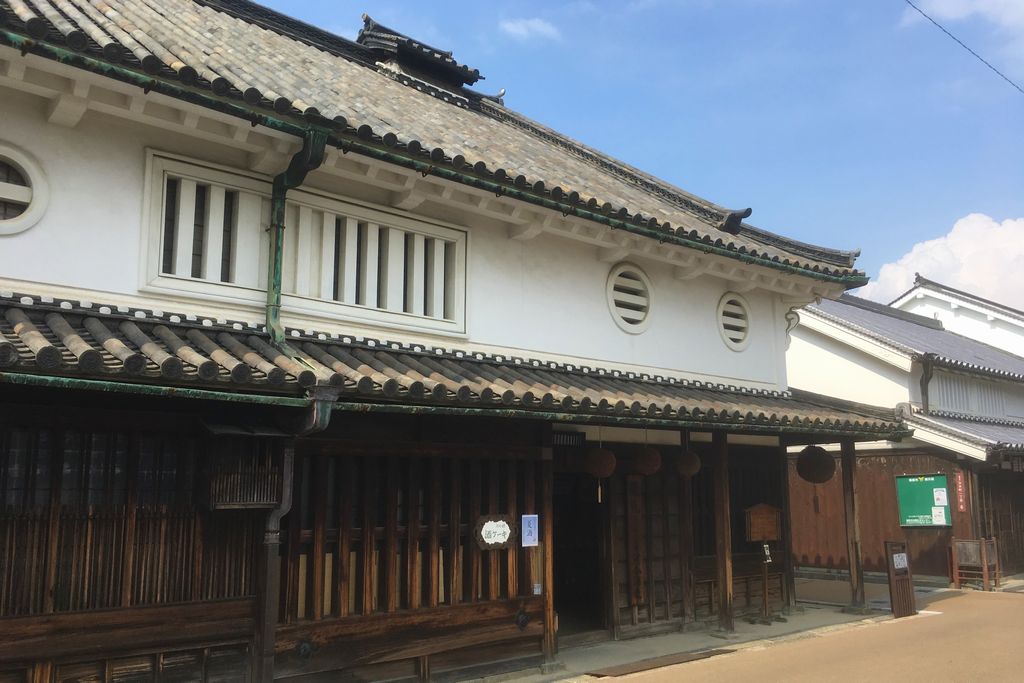
In the early Edo-Period, the sake brewery, Kawai family relocated to Imai-cho, and it’s still in business today. This old house was one of the first few two-storied houses in Imai-cho.
Hours : 10:00 to 16:30, closed every Monday
Admission : 100 Yen (1F only)
Murasakinagaya (夢ら咲長屋)
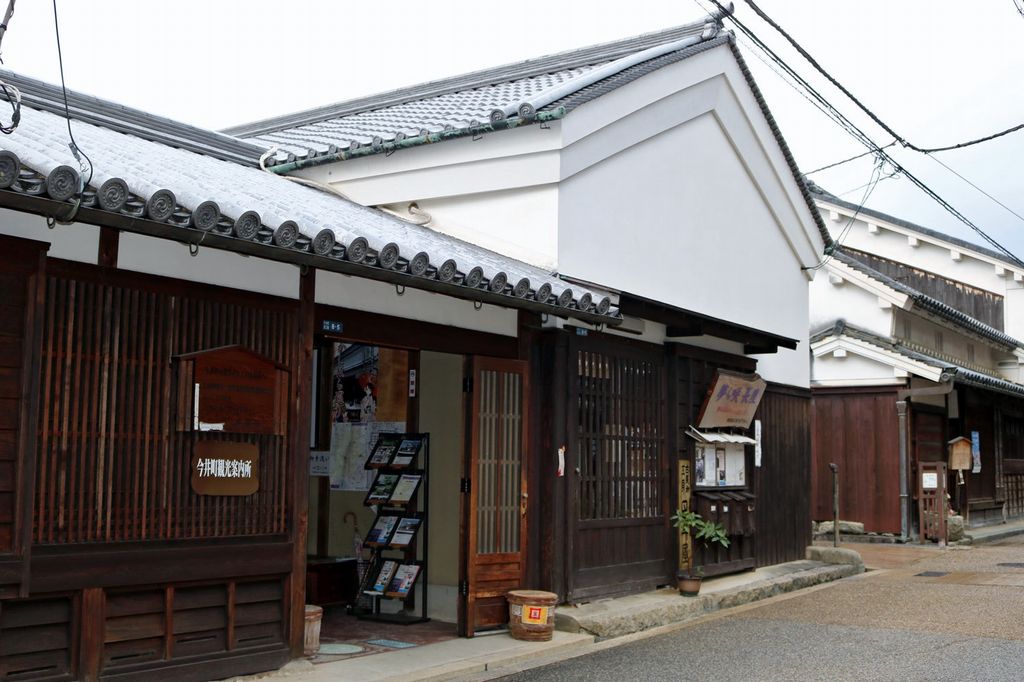
Murasakinagaya, located opposite Shonen-ji Temple, this old houses in a row has been converted into small shops and information desk as well as resting areas.
Hours : (Information desk) 10:00 to 17:00, closed every Monday
Address : (Shonen-ji Temple) 3-chōme-2-29 Imaichō, Kashihara-shi, Nara-ken 634-0812
Access : 5-minute walk from Yagi-nishiguchi station on the Kintetsu Kashihara line, 10-minute walk from Yamato-Yagi station on the Kintetsu Osaka line, or 5-minute walk from Unebi station on the JR Sakurai line, if you come from JR Nara station.
Rental bicycle : Available at Kintetsu Yamato-Yagi Station.
Near by : Ofusa-kannon Temple is the best option to extend your trip. It’s about 15-minute walk from Imai-cho, or Kashihara-Jingu Shrine is 2 stops away from Yagi-Nishiguchi station. If you have a bicycle, you can visit all very easy.